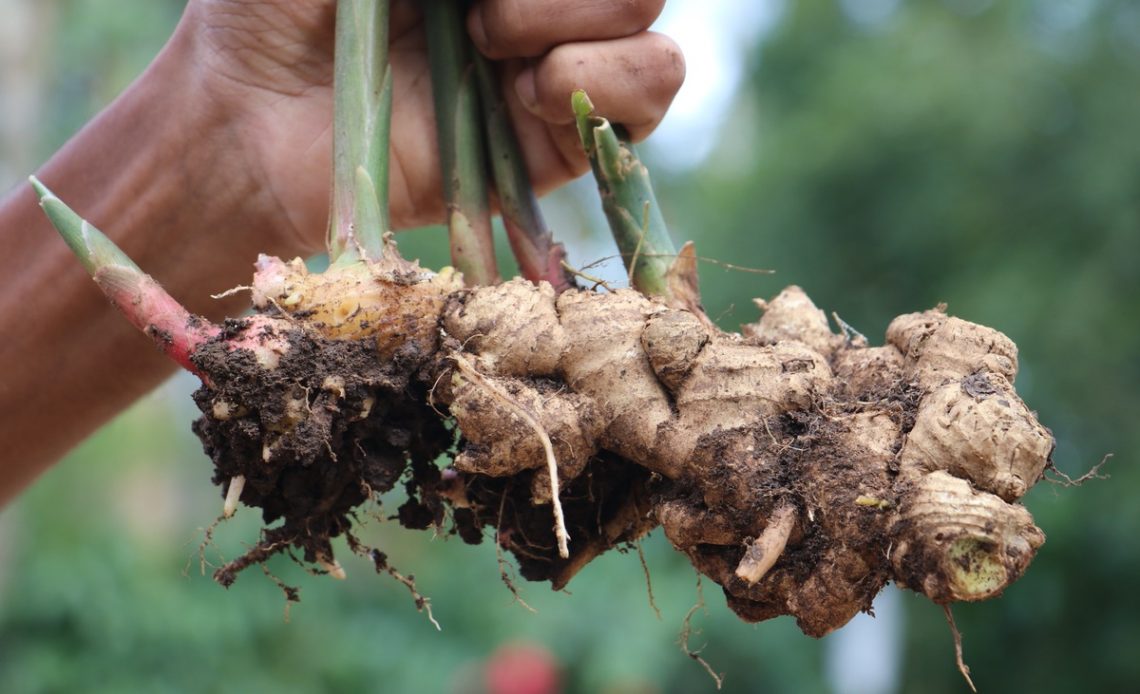

We’re here to help! Wild Yards is a completely free website that is 100% dedicated to helping you create a wildlife-friendly, sustainable yard. Read more
WildYards is reader-supported. When you buy a product through a link on our site, we may earn a comission. Every product is independently selected by our (obsessive) editors and our reviews are unbiased and objective. Read more about our mission or our privacy policy.
A spicy addition to many aromatic dishes, ginger is relatively easy to grow and won’t take up much space. What’s more, as a companion plant, it can even help to encourage other plants and vegetables to grow, too. There are even some ginger companion plants that provide mutual support!
Cilantro, turmeric, nasturtiums, and chili peppers are just some of the best plants you can grow alongside ginger to protect it from pests and to encourage bigger harvest yields. However, ginger isn’t a perfect friend for everything growing in your garden.
Why grow ginger with companion plants?
Ginger makes a fantastic companion plant on its own thanks to its unproblematic growing preferences and for the simple fact that it’ll help to ward off common garden pests through smell alone. For example, oil derived from ginger can be helpful as a natural insecticide and is proven to ward off mosquitoes.
Sadly, your ginger will still suffer from insect attacks, as it naturally appeals to hungry aphids and thrips, and you may even find parasitic nematodes in its soil – some of the most destructive garden worms, happily feasting through roots with abandon. With this in mind, your ginger will likely need help warding off a few minibeasts – and that’s where mutual protection from companion plants comes in.
Companion plants for ginger can also help to attract pollinators and insect predators to your crops – ensuring your ginger grows stronger ahead of harvest. You may also find that companion plants help to enhance the flavor of your crops.
Ginger’s relatively undemanding growth requirements mean it’s a great match for many plants in your garden and will fare well growing under the shade of larger trees and shrubs.
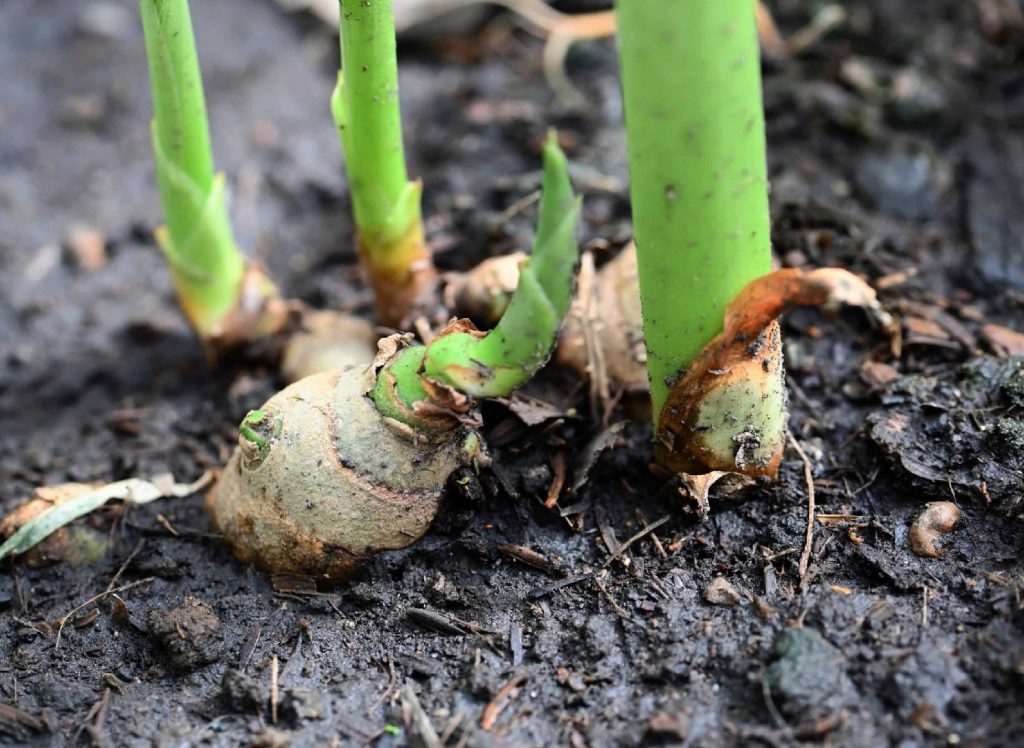
What are the best ginger companion plants I can grow?
The following plants not only grow well alongside ginger – but growing them in the same plot can also provide fantastic benefits for either species.
Nasturtiums
Great for growing alongside plain-tasting crops and vulnerable veggies, nasturtiums are ‘trap crops’ that cover the ground and act as strong pest perimeters. Aphids likely to eat away at your ginger, for example, will be easily distracted by a clutch of nasturtiums – and these plants are fairly hardy against most common pests.
Ginger benefits further from the nasturtium’s propensity to grow and cover the ground, meaning you’ll expect reliable shade (perfect growing conditions for higher yields of ginger).
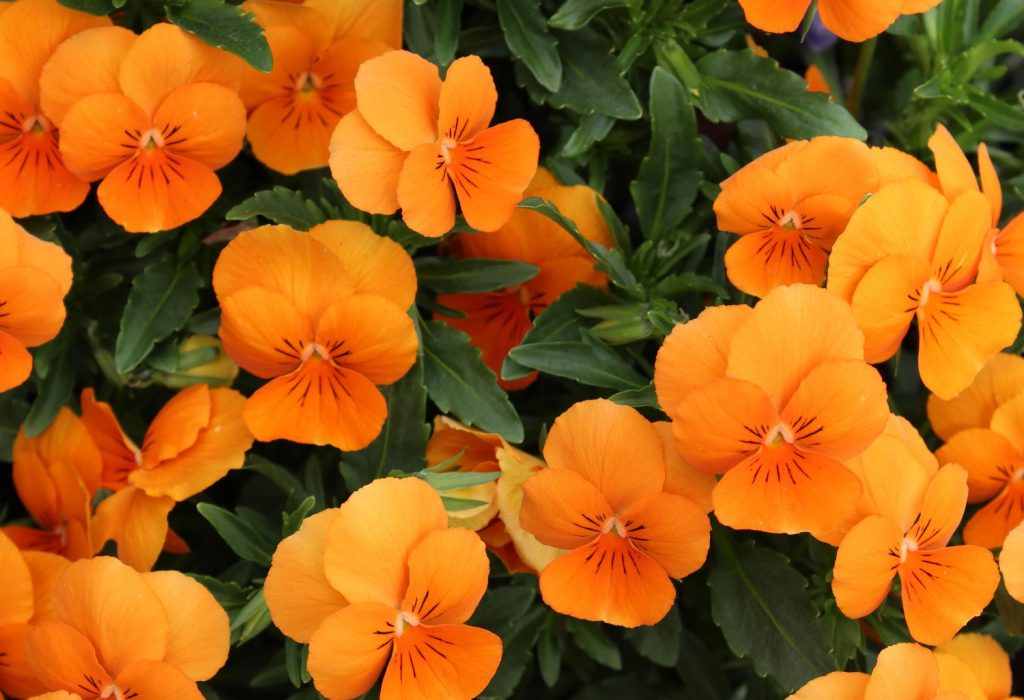
Beans and Peas
Many types of peas and beans grow well alongside ginger; much of this benefit revolves around what they can do to your soil or growing medium. These plants are known as ‘nitrogen fixers’, which means they work with soil bacteria to increase nitrogen levels in the soil. That means your ginger can nutritionally benefit and therefore grow stronger across the season.
Several bean plants, such as the pinto, grow large leaves that span wide across beds and containers, giving your ginger some crucial shade.
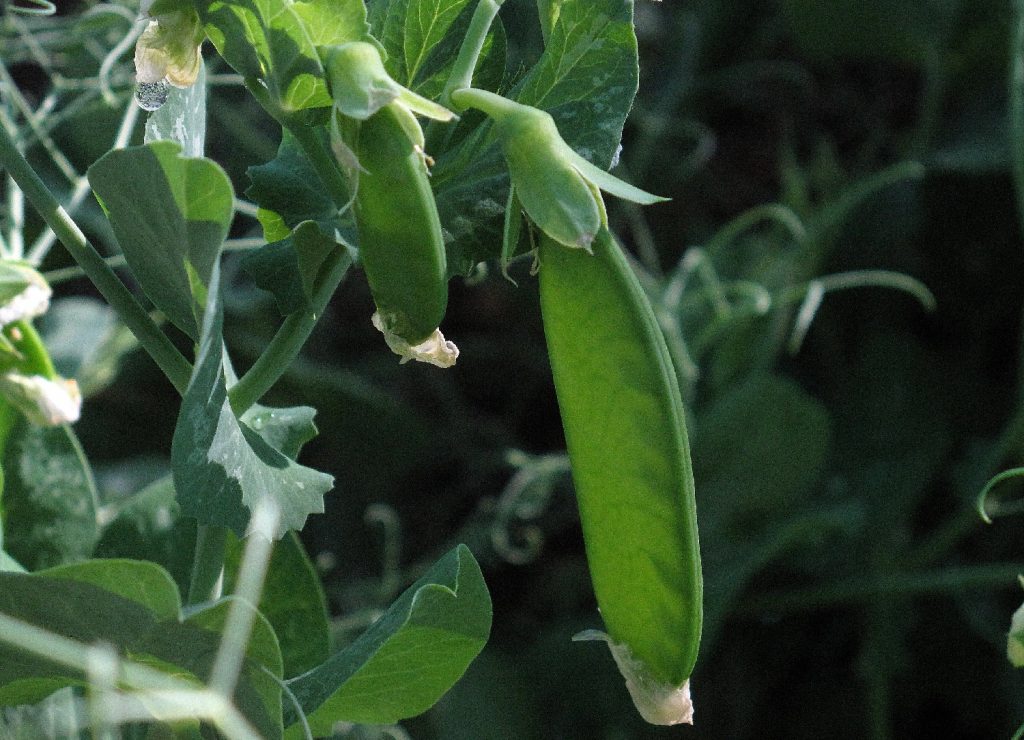
Garlic
It’s always good to be careful growing alliums as companion plants – some, such as onions, will compete for root space – but garlic proves to be fairly easy-going and a great match for ginger. Its main attraction lies in its pungent smell, which can confuse many flying insects and common pests likely to eat away at your ginger. You may even find it can fight off some diseases and fungi.
A bonus to growing garlic and ginger together lies in the taste and smell – garlic will help add a stronger aroma to your ginger at harvest, and both work together perfectly in several dishes.
Cilantro
Cilantro benefits ginger hugely as a predator attractant. In particular, this fragrant herb will welcome parasitic wasps, who will take care of flying pests such as whiteflies. These visitors may also assist in pollinating your crop, helping it grow stronger and provide bigger yields.
Cilantro, like bean plants, tends to splay out its leaves, creating a superb ground cover for ginger in need of shielding from the sun.
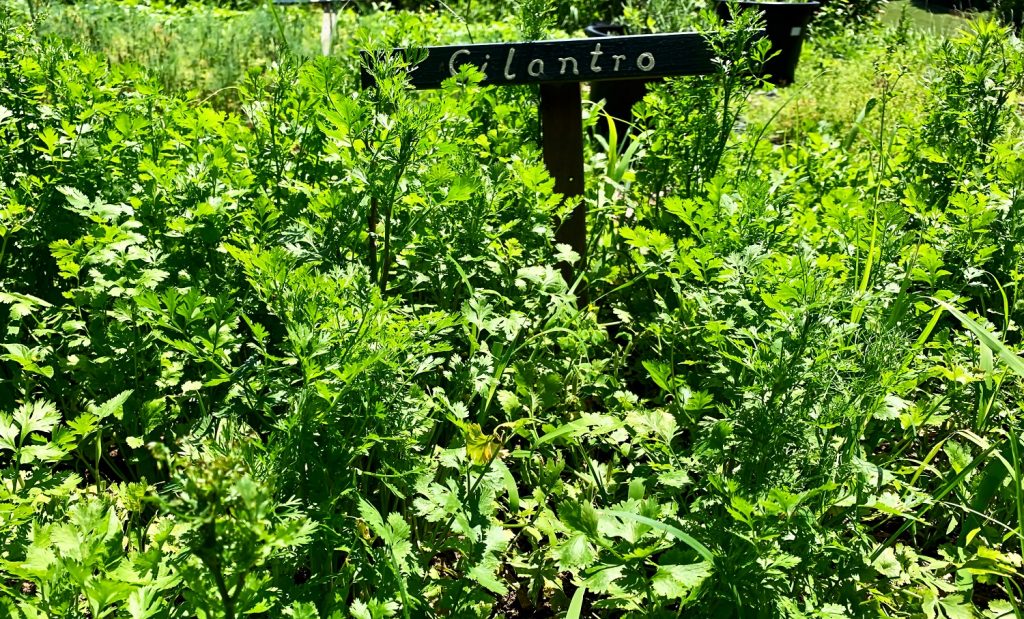
Turmeric
Ginger and turmeric are fairly similar in that they are both spicy roots – and this coupling can enhance flavor, smell, and growth in the same soil. They’re both easy to grow and won’t compete, making them a great team-up for strong yields.
Of course, turmeric and ginger may suffer from the same pests, meaning it’s worth teaming up this twosome with fruit trees or cilantro, for example, to offer extra protection while you get the best out of your crops.

Hibiscus
Hibiscus is a fantastic plant for attracting butterflies and for bringing hummingbirds into your plot and/or garden. With this in mind, growing alongside ginger means you can expect strong pollination across the growing season and a strong crop when it comes to harvest. Hibiscus will also offer your ginger ample shade at the height of its growth.
Ginger offers benefits to hibiscus, too. The hibiscus plant is adored by deer – and is likely to catch their attention if left growing alone in your beds or plots. Growing strong-smelling ginger, however, may soon deter any larger mammals likely to feast on your flowers.
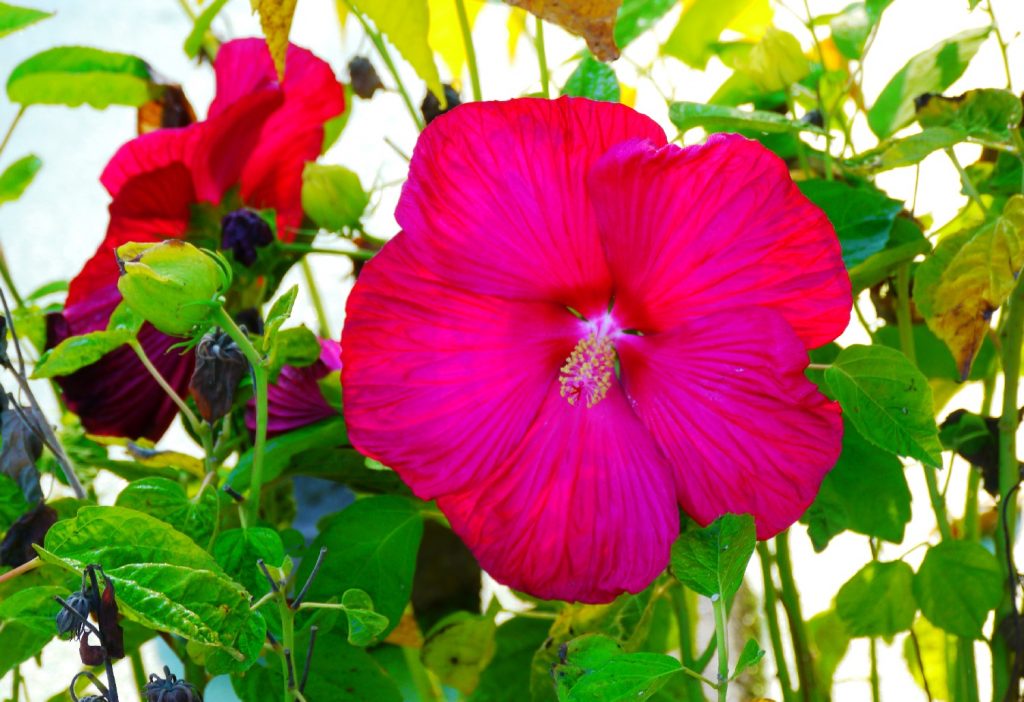
Chili Peppers
While ginger doesn’t always grow well alongside nightshades, the chili pepper is a welcome exception, offering plenty of shade at the height of growth. Ginger, in return, can help to prevent some of the pepper’s most persistent pests and can even help give shade to the nightshade’s roots in return.
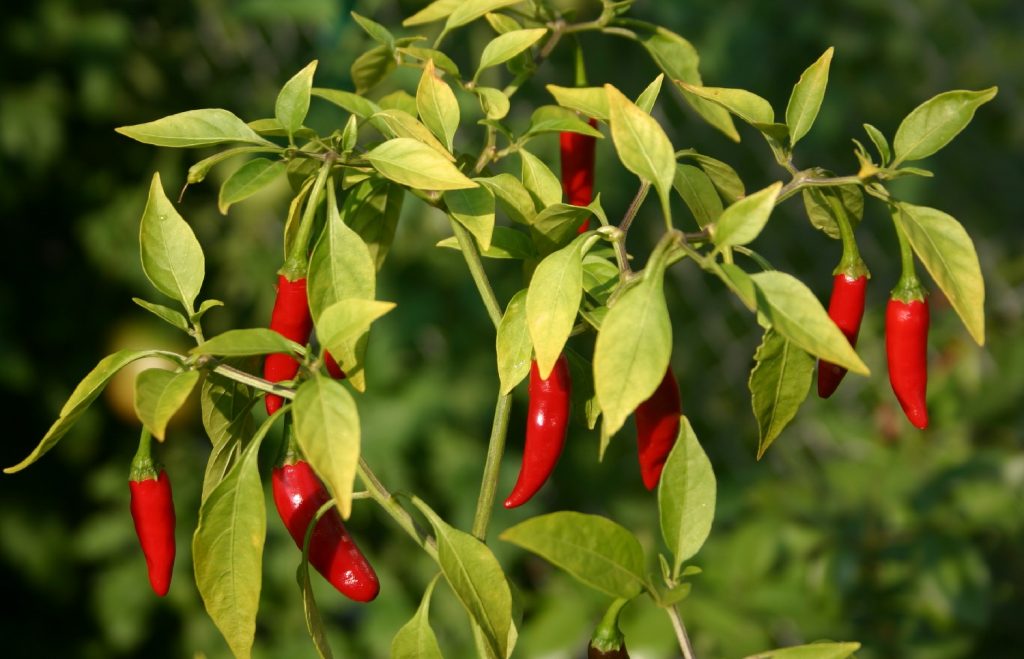
Fruit Trees and Shrubs
Most trees and shrubs will provide ample coverage to ginger, helping it reach full growth potential. Choose any fruit to match, but cherry and apple trees tend to offer the healthiest shade levels.
In return for this shade, ginger will readily repel harmful insects that fruit trees may commonly suffer from. Did you know that ginger can naturally repel ants, for example?
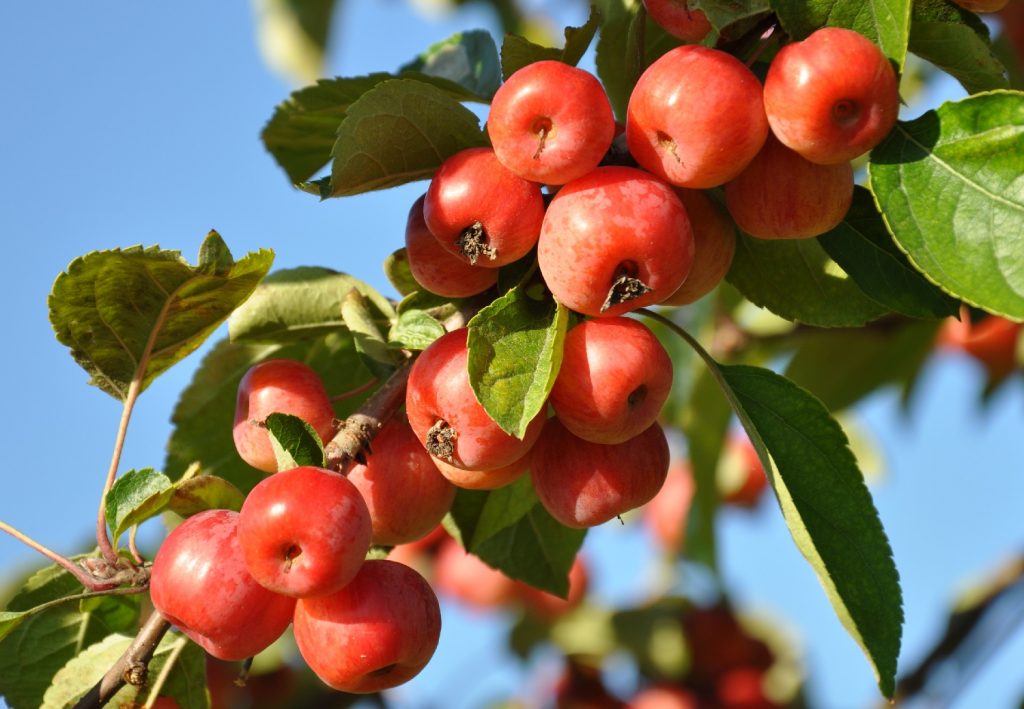
Lemongrass
Like other tall growths in this list, this tropical plant is ideal for giving ginger lots of shade. Lemongrass and ginger are also commonly grown together to deter mosquitoes naturally, and both can be harvested together and enjoyed in various dishes such as soups.
Lemongrass and ginger have a strong friendship as neither will impede the other’s growing habits.
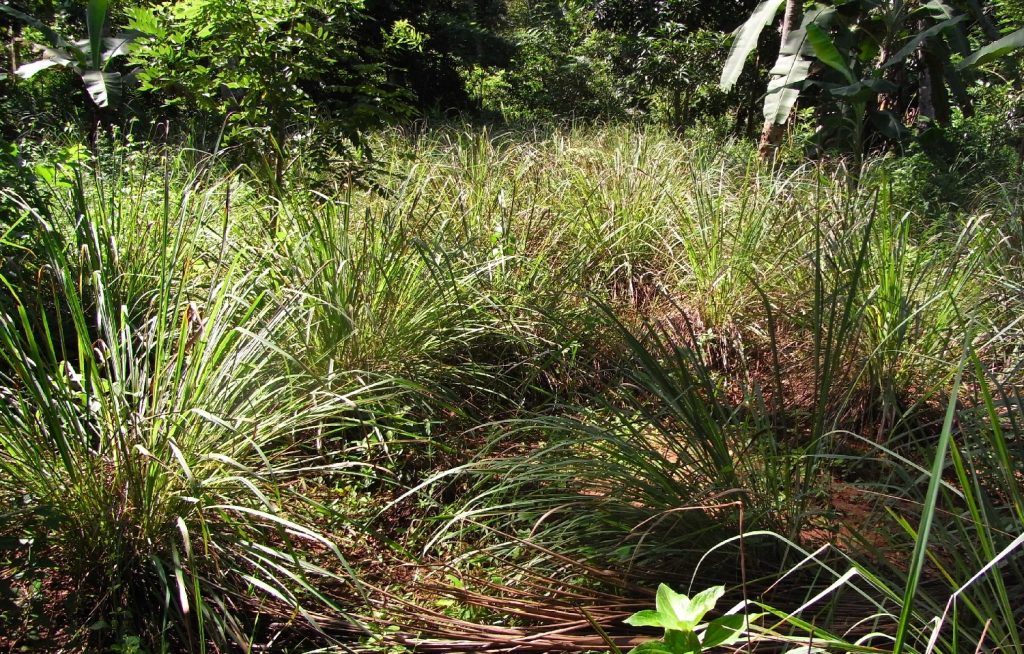
Spinach
Spinach is one of several leafy greens that offer fantastic companionship to ginger, mainly thanks to its shade cover. Interestingly, you can also grow spinach as a trap crop, providing you’re happy to lose some of your harvests in the name of protecting ginger.
Spinach and other greens will also help to pump your soil or growth medium with nutrients. It’s also worth looking out for lettuce and kale for a stronger effect. To deter deer from blander greens and brassicas, ginger will give off a strong aroma (and likely prevent them from coming back).
Plants you should never grow with ginger
Ginger doesn’t require much to grow healthily in most US gardens, but there are a couple of relationships you’ll need to avoid putting together by accident.
Walnuts
While most trees will give ginger shade, walnut trees can kill your spicy roots. Walnut trees commonly release a deadly toxin, juglone, into the soil. While your root ginger will get plenty of coverage, planting it alongside walnut trees will guarantee a quick demise. Stick to fruit trees and shrubs wherever possible.
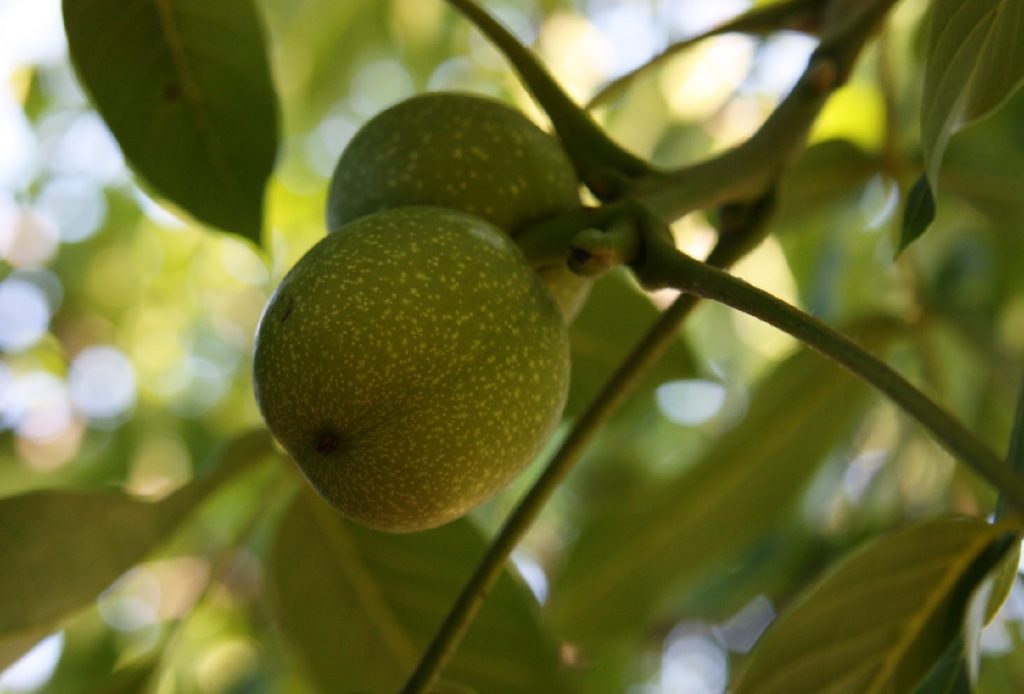
Trees that shade completely
You’ll know by now that ginger loves shade – but not too much. Ginger will need partial sunlight to thrive, which means you should only ever pair it under trees and shrubs that give a little sunlight through the gaps in its leaves. Complete canopies of shade will be just as detrimental to ginger as no shade at all. Look for smaller trees or those with branches and leaves that space apart. Alternatively, plant your ginger in the clear gaps between your tree’s leaves, ensuring your roots get a balance of light and cover.
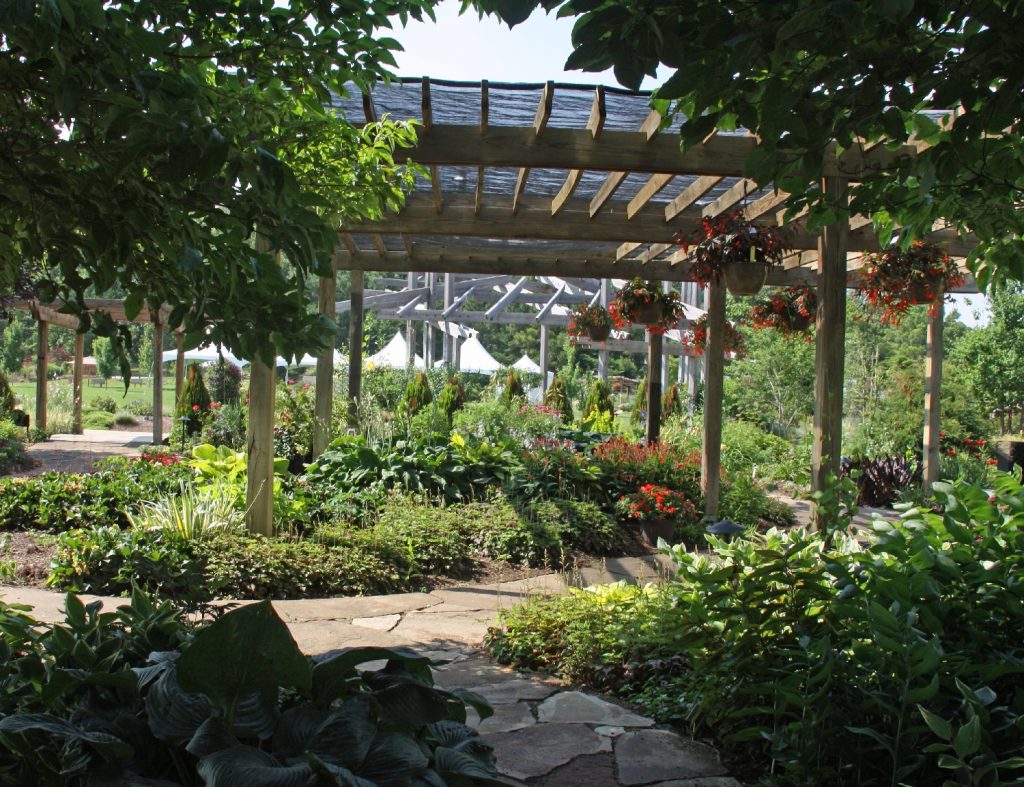
Tomatoes and eggplant
While some ginger-nightshade partnerships work brilliantly, tomatoes and eggplant, in particular, can prove detrimental to the growth of your spicy root. Both eggplant and tomato can share bacteria with ginger that causes bacterial wilt – meaning if you want to plant these crops close by, you should do so in separate containers.
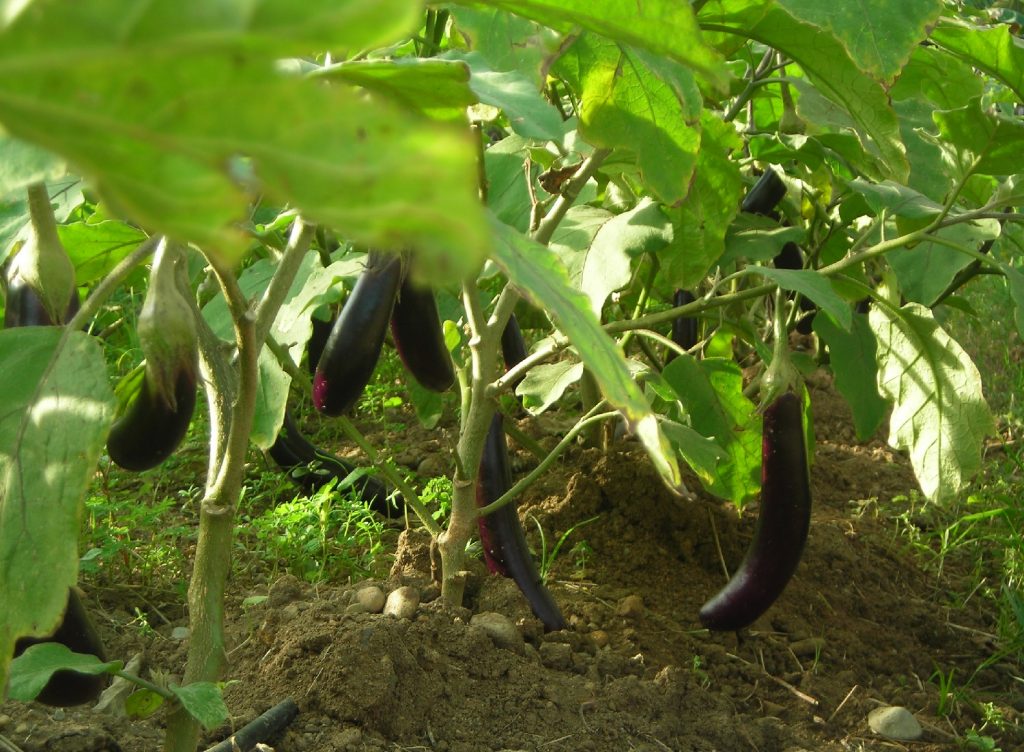
Is it worth growing ginger with companion plants?
Ginger’s strong scent and easy-going nature make it a great companion for many plants and trees suffering from common pest attacks. Ginger will also benefit from the companionship of plants that offer shade and additional fragrance – as it may attract the persistent aphid or two.
Remember that ginger may seem hardy on the surface but can fall prey to bacterial and fungal infection, meaning you must be extra careful growing it alongside vulnerable nightshades.
Growing ginger companion plants can ensure your crops grow healthier and produce more specimens for harvesting – and when paired correctly, you can also expect to welcome pollinators to your garden to help it bloom even further. You can also harvest it with other edible crops, such as turmeric and cilantro, around the same time!
